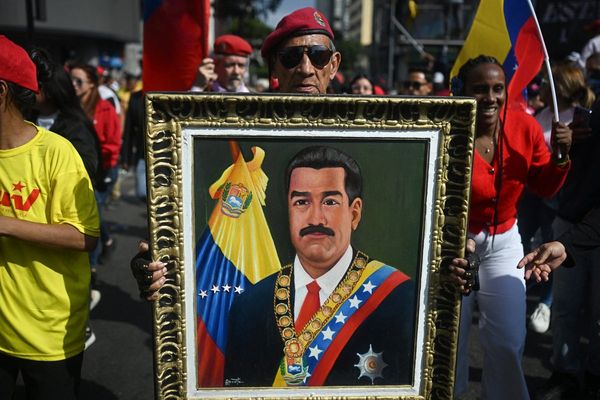Julia is crossing the Pacific Ocean toward El Salvador after leaving torrential rain and floods in Nicaragua and nearby Honduras.
Julia, the fifth hurricane of the season, landed as a Category 1 storm before dawn on Sunday in Nicaragua, according to the National Hurricane Center. It was downgraded to a tropical storm as it traveled across the country, based on the latest update from the hurricane center. The storm is expected to leave behind significant damage that could take months or years for the region to recover from.
El Salvador braced Sunday night for the tropical storm, which is expected to hit its coast by Monday morning. In a single day, Julia entered near Laguna de Perlas, a coastal municipality facing the Atlantic Coast in Nicaragua, and traveled across the Central American country. Tropical storm warnings remained in effect for Nicaragua, El Salvador and Honduras.
The storm gained strength in the span of a day — it brought 75 mph winds Sunday night, compared to 70 mph winds in the morning — and continued to pose a great threat, said Robert Garcia, meteorologist for the National Weather Service in Miami.
“The threat of mudslides and flash flooding will remain no matter what (Julia’s) classification is,” he said.
Some Central American countries are still recovering from Hurricane Eva and Hurricane Iota. Both caused havoc across Central America in 2020, the former as a Category 5 storm and the latter as a Category 4. Julia is a “baby compared to Eva and Iota,” but it is still causing serious issues for the region, said Catherine Tucker, the associate director of academic affairs at the University of Florida’s Center for Latin American Studies. Tucker is currently conducting research on coffee cooperatives in Honduras. She planned to fly Sunday to the western part of the country in La Campa for her research, but got stuck in San Pedro Sula due to torrential rains and flooding.
She said Julia “is a serious blow to Central America due to the fact that the area was already dealing with too much rain. It is the rain that is causing too much damage.”
Some remote areas may face a long time to recover from the damage caused by Julia. In Honduras, Tucker said, some communities are still trying to bounce back from Hurricane Mitch. The storm passed through Central America in 1998 and took 11,000 lives.
“In some ways,” Tucker said about Honduras, “it’s still recovering after Hurricane Mitch. There were some bridges that were meant to be temporary, but after the hurricane they are still being used.”
The worst hit, Tucker said, will be “the poorest people with the least resources” who live in low-lying areas subject to flooding or on hillsides where homes can be swept away with flash floods.
Julia will travel by El Salvador’s coastline by Monday morning. The storm will then head near Guatemala before dissipating near southern Mexico by Tuesday.
Hurricane season began in June and so far five hurricanes have been named, including Ian, which devastated Southwest Florida in late September. More storms could develop between now and the end of the season in late November.
Hurricane Julia Watches/Warnings
▪ A tropical storm warning is in effect for the Pacific coast of Nicaragua, Honduras, El Salvador and Guatemala. Tropical storm conditions are expected to hit within 24 hours.
———







